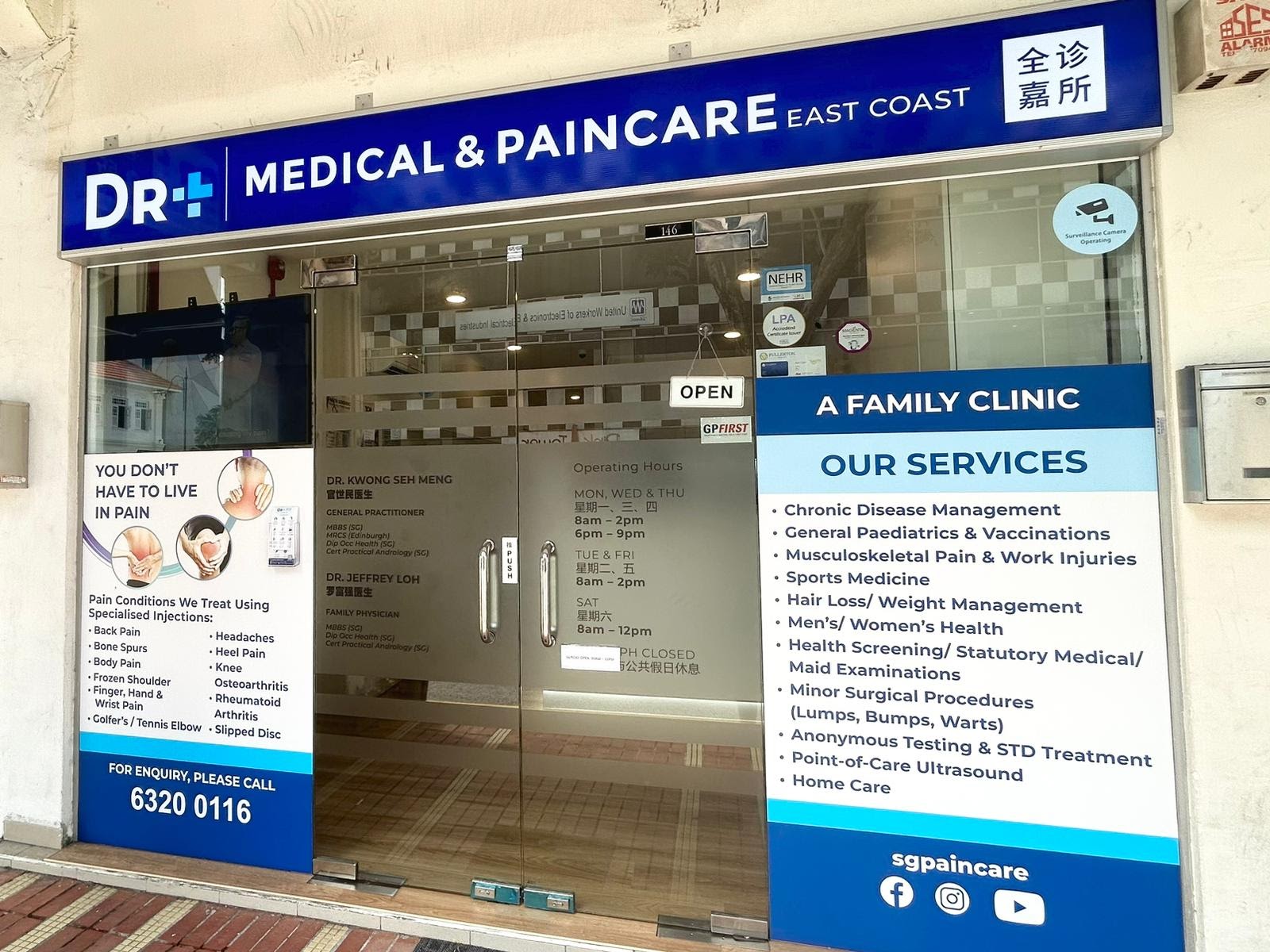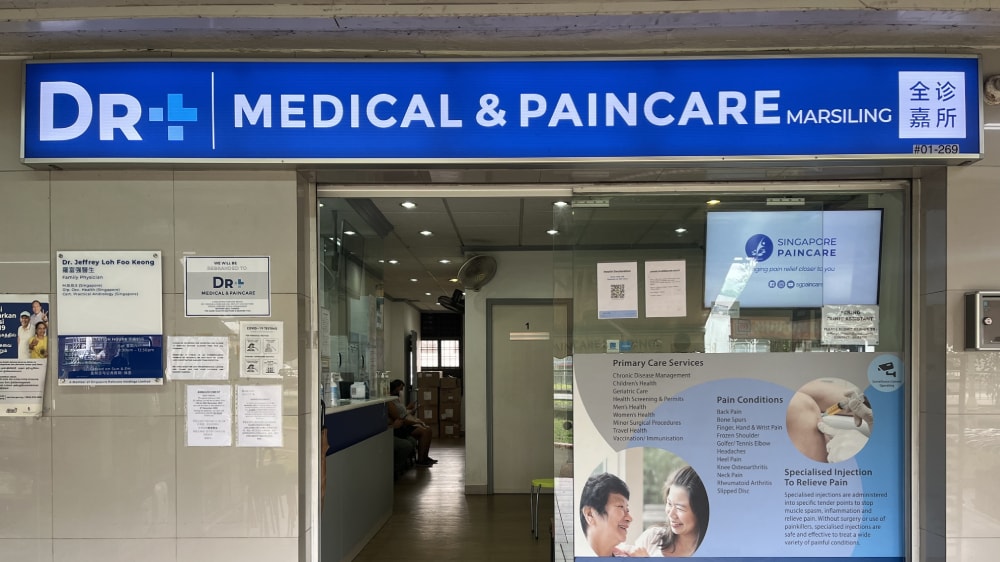Golfer's | Tennis Elbow

What Is Golfer's / Tennis Elbow
Epicondylitis, commonly known as Golfer’s Elbow (Medial Epicondylitis) and Tennis Elbow (Lateral Epicondylitis), is a condition characterised by pain and inflammation of the tendons that join the forearm muscles on the outside or inside of the elbow. The condition stems from the overuse of muscles and tendons in the forearm, leading to strain and microtears.
Golfer’s Elbow affects the tendons attached to the medial epicondyle, the inner part of the elbow, whereas Tennis Elbow impacts the lateral epicondyle, the elbow’s outer part. Despite their names, these conditions are not limited to golfers and tennis players, and can occur in anyone engaging in activities involving repetitive arm, elbow, and wrist use.
Symptoms and Signs
The primary symptoms of Golfer’s / Tennis Elbow revolve around pain and discomfort in the elbow region.
Pain and Tenderness
Radiating Discomfort
Pain might extend along the forearm, worsening with certain movements such as lifting, gripping, or twisting motions. In some cases, the discomfort can radiate down to the wrist.
Stiffness
Individuals may experience stiffness in the elbow, particularly in the morning or after periods of inactivity.
Weakness
There might be a noticeable weakness in the hands and wrists, making tasks such as opening jars or gripping objects challenging.
Numbness or Tingling
Some individuals report a sensation of numbness or tingling, usually extending into the fingers, typically a sign of nerve involvement.
Elbow Joint Swelling
In some cases, especially with prolonged irritation or injury, there can be swelling around the elbow joint.
Decreased Range of Motion
Advanced cases of Golfer’s / Tennis Elbow may lead to a reduction in the range of motion in the elbow joint, affecting daily activities.
Causes and Risk Factors
The development of Golfer’s / Tennis Elbow can be attributed to the following causes and risk factors:
- Repetitive Motion: The primary cause of Golfer’s / Tennis Elbow is the repetitive motion of the wrist and arm. Activities that require constant gripping, twisting, or lifting can strain the muscles and tendons, leading to irritation and inflammation.
- Sports Participation: As the names suggest, Golfer’s Elbow and Tennis Elbow are common in golfers and tennis players. They can also occur in other sports where similar arm motions are prevalent, such as baseball or bowling.
- Occupational Hazards: Certain professions that involve repetitive hand, wrist, and arm motions, such as construction work, plumbing, painting, and computer use, have a higher risk of developing Golfer’s / Tennis Elbow.
- Age Factor: These conditions are more commonly diagnosed in individuals between the ages of 30 and 50, although they can occur at any age.
- Improper Technique or Equipment: Using incorrect techniques in sports or work, or using equipment that is not suitable, such as tools that are too large, too heavy, or that vibrate, can increase the risk.
- Prior Injury: A previous elbow or arm injury can predispose an individual to Golfer’s / Tennis Elbow, especially if the injury has led to altered movements that increase strain on the elbow.
- Genetic Factors: There may be genetic predispositions that contribute to susceptibility, although specific genes associated with Golfer’s / Tennis Elbow have not been conclusively identified.
- Lifestyle Factors: General health and fitness levels, including muscle strength and flexibility, play a role in the risk of developing Golfer’s / Tennis Elbow. Poor general fitness can contribute to the condition.
Diagnosing Golfer’s/Tennis Elbow
Diagnosing Golfer’s / Tennis Elbow involves a series of steps undertaken by a healthcare professional to accurately identify the condition and rule out other potential causes of elbow pain.
- Medical History: The diagnosis process begins with a comprehensive review of the patient’s medical history. This includes discussing symptoms, their duration, any preceding injuries, and activities that might have contributed to the condition.
- Physical Examination: The physician will palpate (examine by touch) the affected area to pinpoint the source of pain and may ask the patient to perform certain movements or exercises to assess pain levels and range of motion.
- Specialised Tests: The ‘golfer’s elbow test’ and ‘tennis elbow test’ involve movements that specifically engage the tendons affected by each condition, helping in distinguishing between them.
- Imaging Tests: While not always necessary, imaging tests like X-rays can be used to rule out other causes of elbow pain, such as a fracture or arthritis. In some cases, an MRI (Magnetic Resonance Imaging) or ultrasound might be recommended to assess the soft tissue structures around the elbow.
- Differential Diagnosis: Golfer’s / Tennis Elbow should be differentiated from other conditions like nerve entrapment syndromes, which may present with similar symptoms.
- Severity Assessment: In cases where the condition has been present for an extended period, doctors may assess the severity of the tendon damage. This can help in planning appropriate treatment and management strategies.
Treatment Modalities
Pain Medication
This involves the use of medications such as Non-Steroidal Anti-Inflammatory Drugs (NSAIDs), opioids, and other specialised medications designed for pain management. The type and dosage are tailored to the individual’s condition and medical history.
Myospan
Minimally invasive treatments aim to effectively relieve common pain conditions by targeting pain sources.
- Coreflex Injections: Typically contain a corticosteroid and are used for inflamed joints or tissues.
- Platelet-Rich Plasma (PRP) injections: Utilise own platelets to promote healing in damaged tissues.
- Intra-Articular Injections: Most commonly used to treat osteoarthritis in the hip or knee, but they can also be given in other joints, including shoulders, wrists, ankles, hands, and fingers.
For chronic pain conditions originating from spinal issues, Neurospan can be performed by our team of pain specialists from Singapore Paincare Center.
Prevention Strategies
Preventing Golfer’s / Tennis Elbow involves strategies aimed at reducing the stress and strain on the muscles and tendons of the forearm and elbow:
- Proper Technique and Posture: Ensuring correct technique and posture during sports and occupational activities can reduce undue stress on the elbow and forearm.
- Equipment Modification: Choose the right equipment that suits one’s body size and strength. In sports, this might mean choosing the right racket size or golf club weight. In occupational settings, ergonomic tools can help minimise strain.
- Regular Breaks and Activity Variation: Taking regular breaks during activities that involve repetitive arm movements can prevent overuse of the muscles and tendons. Alternating tasks and using both arms can also help distribute the physical load more evenly.
- Strengthening and Conditioning Exercises: Regular exercises to strengthen and condition the muscles of the arm, shoulder, and upper back can help protect the elbow joints and tendons.
- Warm-up and Cool-down Routines: Implementing warm-up and cool-down routines before and after activities can prepare the muscles and tendons for the physical exertion and aid in recovery, respectively.
- Use of Supportive Devices: Wearing braces or straps can provide additional support to the elbow during high-risk activities.
- Managing Weight and Overall Health: Maintaining a healthy weight reduces stress on all joints, including the elbows. General physical fitness supports muscle strength and joint stability.
- Awareness of Body Signals: Paying attention to the body’s signals, such as pain or discomfort in the elbow area, and seeking timely medical help can prevent minor issues from developing into chronic conditions.
Struggling With Persistent Pain?
Consult one of our doctors today for a detailed consultation & personalised treatment plan.
Frequently Asked Questions (FAQ)
What is Golfer's / Tennis Elbow?
Golfer’s / Tennis Elbow is caused by overuse of the forearm muscles, leading to pain and tenderness around the elbow joint. Golfer’s Elbow affects the inner side, whereas Tennis Elbow affects the outer side of the elbow.
Can Golfer's / Tennis Elbow affect both arms?
While it is more common for these conditions to affect one arm, they can indeed affect both arms, especially in individuals who engage in repetitive activities that strain both arms equally.
How is Golfer's / Tennis Elbow diagnosed?
Diagnosis typically involves a medical history review, a physical examination, and specific tests designed to elicit pain in the affected tendons. Imaging tests like X-rays or MRIs may be used to rule out other conditions.
What are the most effective treatments for Golfer’s / Tennis Elbow?
Treatment usually starts with rest, ice therapy, NSAIDs, and physical therapy. Braces or straps might be used for support. In instances of prolonged symptoms, alternatives like Coreflex or Platelet-rich Plasma (PRP) injections are considered. Surgery is considered when non-surgical treatments are ineffective.
How long does recovery from Golfer's / Tennis Elbow typically take?
Most patients recover with non-surgical treatment within several weeks to a few months. Surgical recovery may take longer, requiring extensive physical therapy.
Are there any exercises to prevent Golfer’s / Tennis Elbow?
Yes, exercises focusing on strengthening and stretching the forearm muscles can help prevent these conditions. Performing these exercises regularly can help, especially if engaging in high-risk activities.
When is surgery necessary for Golfer's / Tennis Elbow?
Surgery is considered when pain persists for 6-12 months despite non-surgical treatment, and it affects daily activities. The decision for surgery is based on a thorough evaluation by a healthcare provider.
Can Golfer's / Tennis Elbow recur after treatment?
Yes, there is a possibility of recurrence, especially if the individual returns to the activities that caused the condition without proper preventative measures or modifications.
Is it safe to continue sports or activities with Golfer’s / Tennis Elbow?
Continuing activities that exacerbate the condition is not recommended until pain and inflammation are adequately managed. Gradual reintroduction of activities, along with proper technique, supportive devices, and exercises, can help safely resume sports or other activities.
Our Clinics
- Mon, Tue & Thu: 9am to 1pm, 2pm to 4pm, 6:30pm to 9:30pm
- Wed & Fri: 9am to 1pm, 2pm to 4pm
- Sat: 9am to 1pm
- Closed on Sun & PH
-
(Kindly note that clinic’s last registration is 15mins before closing time.)
- Mon, Wed, Thu: 8:00am – 2:00pm, 6:00pm – 9:00pm
- Tue & Fri: 8:00am – 2:00pm
- Sat: 8:00am – 12:00pm
- Sun: 10:00am – 1:00pm
- PH: Closed
#01-54 The Midtown, Singapore 533971
- Mon to Fri: 8:00am – 12:00pm, 1:00pm – 3:00pm, 6:00pm – 9:00pm
- Sat: 8:00am – 12:00pm
- Sun & PH: Closed
988 Upper Serangoon Rd, Singapore 534733
- Mon to Fri: 8:30am – 2:30pm, 6:00pm – 10:00pm
- Sat & Sun: 8:30am – 12:30pm
- PH: Closed
-
(Kindly note that clinic’s last registration is 15mins before closing time.)
Singapore 730018
- Mon: 8:00am – 9:00pm
- Tue – Fri: 8:00am – 4:30pm, 7:00pm – 9:00pm
- Sat: 8:00am – 12:30pm
- Sun & PH: Closed
-
Kindly note that clinic’s last registration is 15mins before closing time.
-
(Last registration timing – Mon: 8:45pm, Tue – Fri: 4:15pm & 8:45pm, Sat: 12:15pm)
Thomson Imperial Court, Singapore 574424
- Mon to Wed: 8:30am – 10:00pm
- Thu: 8:30am – 3:00pm, 6:00pm-9:30pm
- Fri: 8:30am – 6:00pm
- Sat & Sun: 9:00am – 3:00pm
- PH: Closed
-
(Kindly note that clinic’s last registration is 15mins before closing time.)
- Mon, Wed & Fri: 8:30am – 12:30pm, 1:30pm – 4:30pm, 6:00pm – 9:00pm
- Tue & Thu: 8:30am – 12:30pm, 1:30pm – 4:30pm
- Sat: 8:30am – 12:30pm
- Closed on Sun & PH
-
(Kindly note that clinic’s last registration is 15mins before closing time.)
Need Advice On Your Condition?
Please fill out the form and we will be in touch with you shortly.







